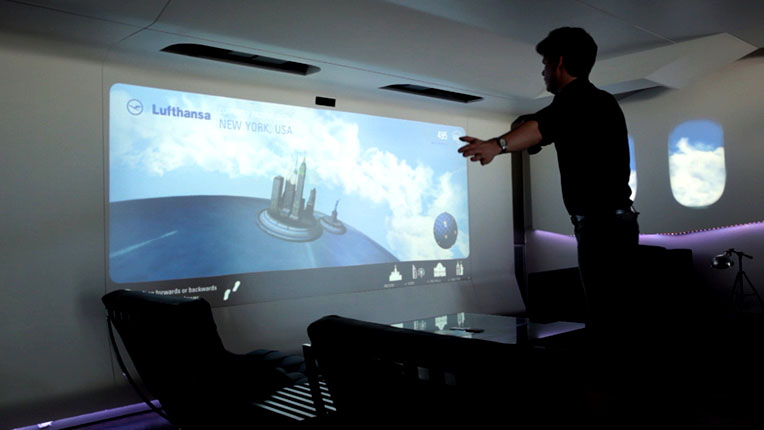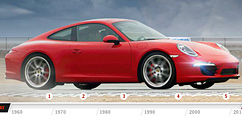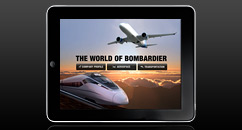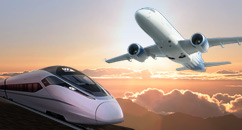Dream Of Flight
Interactive Gesture-based Installation

View Video
View Images
As the key technology partner for the 2010 Esquire House, Luxurious Animals conceived and executed a room-sized interactive installation for sponsor, Lufthansa. Our installation, Dream of Flight, is a simulated flying experience we created using gesture recognition and augmented reality technology.
How the conversation started:
After Luxurious Animals met with Esquire, the two companies made an immediate connection. Esquire was impressed with our capabilities to fuse technology with creativity. So, they gave us the challenge of designing a media room in the next Esquire House, and we were chosen as the main technology partner for the $18 million dollar home. Lufthansa became the sponsor of the media room and we aimed our project towards a flight-themed installation.
To capture the freedom of flying we removed any hindrance tainting the ultimate bachelor’s experience. Not a single object needs to be touched in order to soar through Dream of Flight. To do this we programmed a specialized not-yet-released infrared camera to track the user’s movements. It controls the speed and direction that is generated in realtime in the 3D game. The game displays floating cities in the clouds based around various Lufthansa destinations. This allows the ultimate bachelor to virtually travel through the sky and three-dimensional worlds in the comfort of his own living room. When the flyer stretches out his arms he “takes control” and begins to fly. When the flyer mimics the motion of a plane, he soars left or right through the clouds. If the flyer tilts up or down, the perspective changes in perfect synchronization.
To heighten the experience of flight we programmed a fan system to respond to the user’s movement. We originally programmed a fan and we graduated to an advanced system using an air compressor and air amplifiers. The air compressor is linked to a gesture recognition-based system, so when the user steers through the clouds, a digital signal activates the air compressor. Accelerating and decelerating in the game will also prompt the air compressor to blow out more or less wind to further enhance the illusion of speed in flight.
The game is displayed in panoramic wideview to fully immerse the user in his Dream of Flight. However, it’s still an entertainment system after all and functions to immerse the ultimate bachelor in any visual media he chooses to play, whether it’s movies, tv, or other video games.
Another challenge we tackled was ensuring the experience is uninterrupted, considering the fact that other people will be moving about the Lufthansa room. The camera we programmed can solely identify the flyer to control the game and filter out all other objects including people in the same area.
How the conversation started:
After Luxurious Animals met with Esquire, the two companies made an immediate connection. Esquire was impressed with our capabilities to fuse technology with creativity. So, they gave us the challenge of designing a media room in the next Esquire House, and we were chosen as the main technology partner for the $18 million dollar home. Lufthansa became the sponsor of the media room and we aimed our project towards a flight-themed installation.
What were the client’s objectives:
The media room must represent sophisticated technology that’s seamlessly integrated into the ultimate bachelor’s lifestyle. It must also represent the Lufthansa’s continuous endeavor for beauty in design, and state-of-the-art technology.What was our challenge:
Since a typical interactive project places a user in a passive stance, usually sitting, and using an input device, e.g. keyboard, mouse, game controller, we knew the ultimate bachelor needed something less restricted. Our challenge became “How do we break through the limitations of traditional interactions?” This required us to think beyond regular displays and controller inputs to make a complete sensory experience.Who the project needed to talk to:
Having both Esquire and Lufthansa as clients directed our project towards two core audiences. The first, of course, is Lufthansa’s clientele: affluent professions who appreciate the brand’s integration of modernity and technology into minimalist designs. The second is the ultimate bachelors themselves. Essentially they are boys who never grew up, AKA the “Technology Mavens.” Up-to-the-minute technology is always a must-have for them and they embrace the latest, cutting-edge gadgets into their living space.What we did:
Our first objective was to figure a way to push interactivity beyond the usual mouse-to-video screen kind. Since flying is such a sensory experience, we needed to merge technology with physicality. To that end, we thought: What if you were able to feel the wind rushing past you as you were virtually flying through the air?To capture the freedom of flying we removed any hindrance tainting the ultimate bachelor’s experience. Not a single object needs to be touched in order to soar through Dream of Flight. To do this we programmed a specialized not-yet-released infrared camera to track the user’s movements. It controls the speed and direction that is generated in realtime in the 3D game. The game displays floating cities in the clouds based around various Lufthansa destinations. This allows the ultimate bachelor to virtually travel through the sky and three-dimensional worlds in the comfort of his own living room. When the flyer stretches out his arms he “takes control” and begins to fly. When the flyer mimics the motion of a plane, he soars left or right through the clouds. If the flyer tilts up or down, the perspective changes in perfect synchronization.
To heighten the experience of flight we programmed a fan system to respond to the user’s movement. We originally programmed a fan and we graduated to an advanced system using an air compressor and air amplifiers. The air compressor is linked to a gesture recognition-based system, so when the user steers through the clouds, a digital signal activates the air compressor. Accelerating and decelerating in the game will also prompt the air compressor to blow out more or less wind to further enhance the illusion of speed in flight.
The game is displayed in panoramic wideview to fully immerse the user in his Dream of Flight. However, it’s still an entertainment system after all and functions to immerse the ultimate bachelor in any visual media he chooses to play, whether it’s movies, tv, or other video games.
Another challenge we tackled was ensuring the experience is uninterrupted, considering the fact that other people will be moving about the Lufthansa room. The camera we programmed can solely identify the flyer to control the game and filter out all other objects including people in the same area.
How did it succeed:
Our Dream of Flight installation pushed beyond the limits of ordinary interactivity. We successfully reached the Lufthansa and Esquire audience by delivering a one-of-a-kind experience. It represents the two brands and executes our creative and technical goals.
© 2025 Luxurious Animals®. LLC All Rights Reserved.




